.
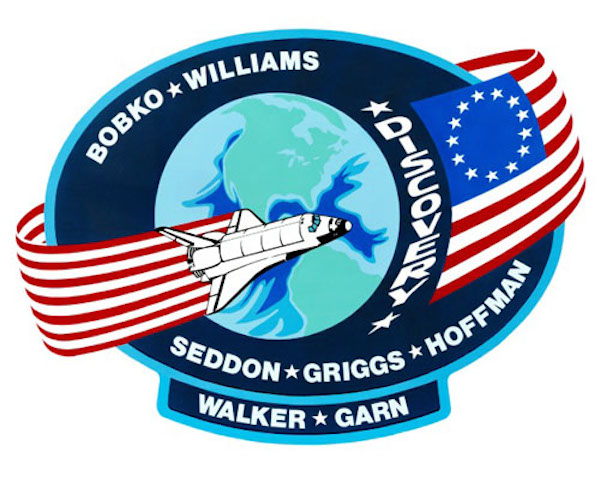
STS-51D
Space Shuttle: Discovery
Launch Pad: 39A
Launch Weight: 250,891 pounds
Launched: April 12, 1985 at 8:59:05 a.m. EST
Landing Site: Kennedy Space Center, Florida
Landing: April 19, 1985 at 8:54:28 a.m. EST
Landing Weight: 198,014 pounds
Runway: 33
Rollout Distance: 10,298 feet
Rollout Time: 63 seconds
Revolution: 110
Mission Duration: 6 days, 23 hours, 55 minutes, 23 seconds
Orbit Altitude: 285 nautical miles
Orbit Inclination: 28.5 degrees
Miles Traveled: 2.9 million
Crew Members

Image above: STS-51D Crew photo with Commander Karol J. Bobko, Pilot Donald E. Williams, Mission Specialists M. Rhea Seddon, Jeffrey A. Hoffman, S. David Griggs and Payload Specialists Charles D. Walker and Sen. E. Jake Garn. Image Credit: NASA
Launch/Landing Highlights
 The launch set for March 19 was rescheduled to March 28 due to remanifesting of payloads from canceled mission 51-E. The mission was delayed further due to damage to the orbiter's payload bay door when the facility access platform dropped. The launch on April 12 delayed 55 minutes when a ship entered the restricted solid rocket booster recovery area.
The launch set for March 19 was rescheduled to March 28 due to remanifesting of payloads from canceled mission 51-E. The mission was delayed further due to damage to the orbiter's payload bay door when the facility access platform dropped. The launch on April 12 delayed 55 minutes when a ship entered the restricted solid rocket booster recovery area.Extensive brake damage and a blown tire during the landing prompted the landing of future flights at Edwards Air Force Base until implementation of the nose wheel steering.
Mission Highlights
The TELESAT-l (ANIK C-1) communications satellite was deployed attached to the payload assist module (PAM-D) motor. SYNCOM IV-3 (also known as LEASAT-3) was also deployed but the spacecraft sequencer failed to initiate the antenna deployment, spin up and ignition of perigee kick motor. The mission was extended two days to make certain the sequencer start lever was in the proper position. Griggs and Hoffman performed a space walk to attach Flyswatter devices to the remote manipulator system. Seddon engaged LEASAT lever using the remote manipulator system but the post deployment sequence did not begin. Other payloads were: Continuous Flow Electrophoresis System (CFES) III, flying for sixth time; two Shuttle Student Involvement Program (SSIP) experiments; American Flight Echocardiograph (AFE); two Get Away Specials; Phase Partitioning Experiments (PPE); astronomy photography verification test; medical experiments and toys in space, an informal study of the behavior of simple toys in weightless environment, with results to be made available to school students.
---
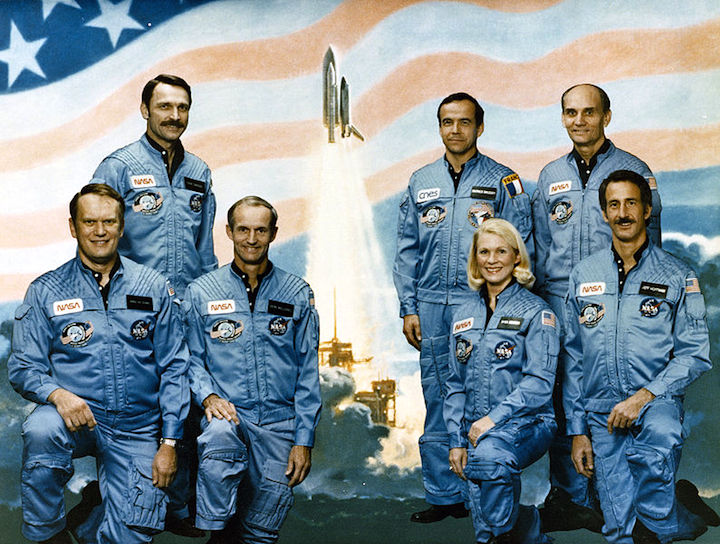
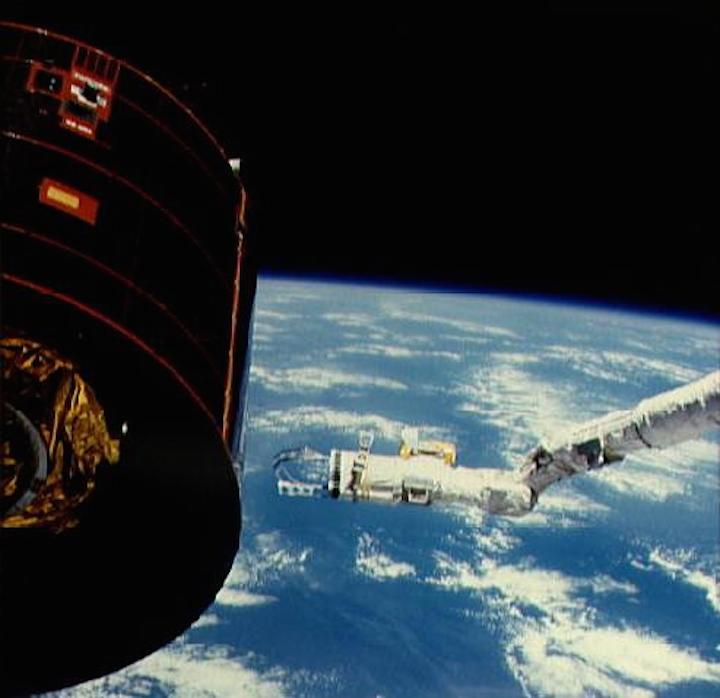
The flyswatter device is used on Syncom IV-3 during STS-51-D. The Space Shuttle Discovery's remote manipulator system (RMS) arm and two specially designed extensions move toward the troubled Syncom-IV (LEASAT) communications satellite. Behind it the earth's clouded surface can be seen.
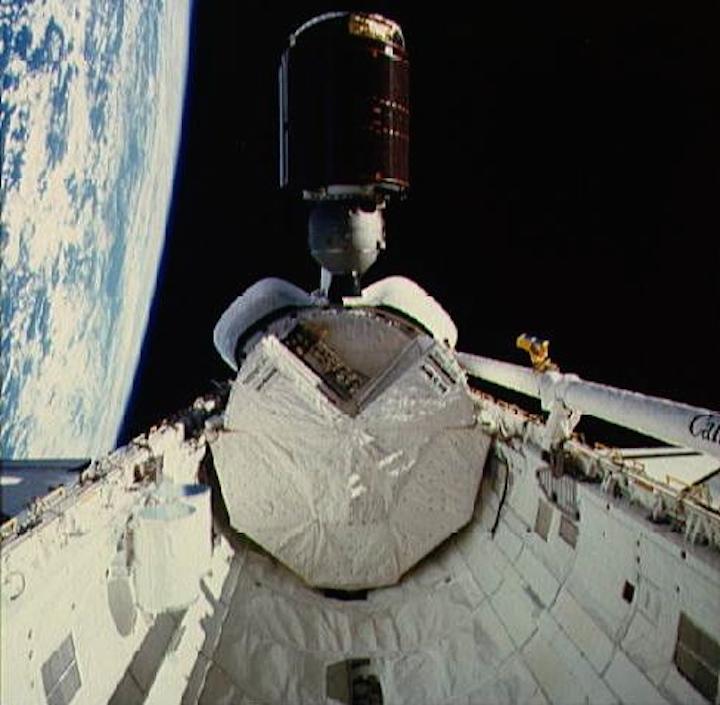
Deployment of the Telesat-I (Anik C-1) from the payload bay on the first day of the STS 51-D mission. Near the frame's center is the antenna for Syncom IV (LEASAT) stowed against the U.S. Navy's communications satellite. This photo was take from the aft flight deck. Earth and blackness of space share the background.

Astronauts Jeffery Hoffman and David Griggs attach the flyswatter device to the end of the RMS during STS-51-D. Astronauts S. David Griggs, left, and Jeffrey A. Hoffman join efforts to fasten one of two snag type devices on the end of the Canadian-built remote manipulator system (RMS) arm of the Shuttle Discovery. A partial view of the Earth's horizon can be seen behind the shuttle.
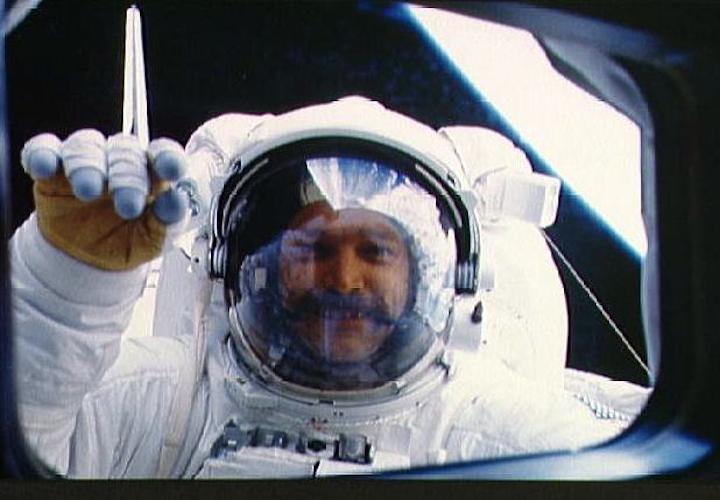
STS-51-D
Astronaut S. David Griggs waves to Orbiter during EVA
Credit: NASA
Astronaut S. David Griggs waves to Orbiter during EVA
Credit: NASA
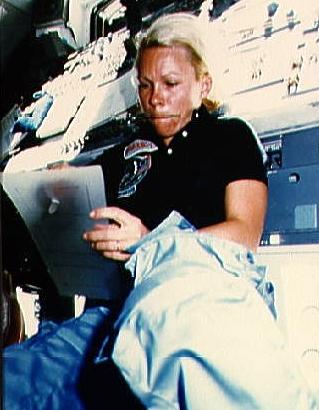
STS-51-D
Astronaut Rhea Seddon works on flyswatter-like snagging device
Credit: NASA
Astronaut Rhea Seddon works on flyswatter-like snagging device
Credit: NASA
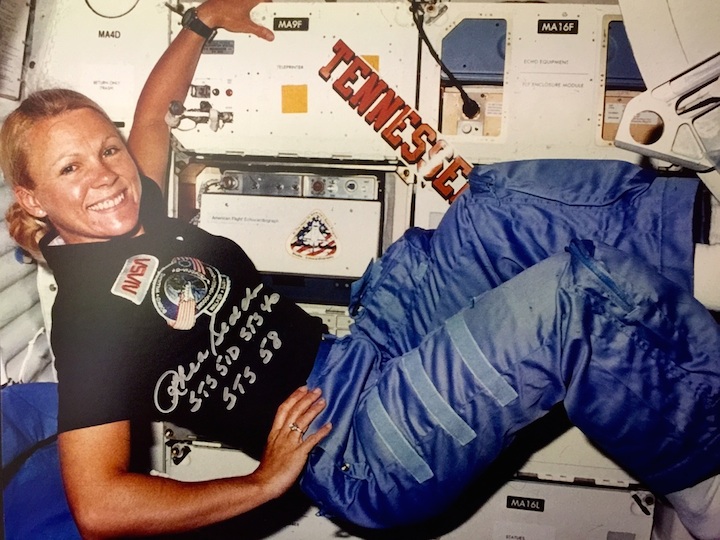
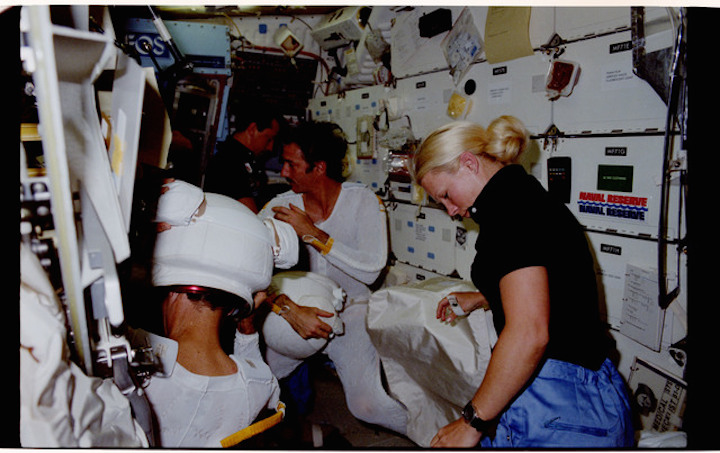
Photographic documentation showing 51D crew activities. View of Mission Specialist (MS) Dr. M. Rhea Seddon, MS Jeffrey A. Hoffman and MS S. David Griggs (putting on a prebreathing helmet) , both wearing a Liquid Cooling Ventilation Garment (LCVG), and Payload Specialist (PS) Charles D. Walker, in the middeck (MDDK).
---
Frams von STS-51D Discovery Mission NASA Video:
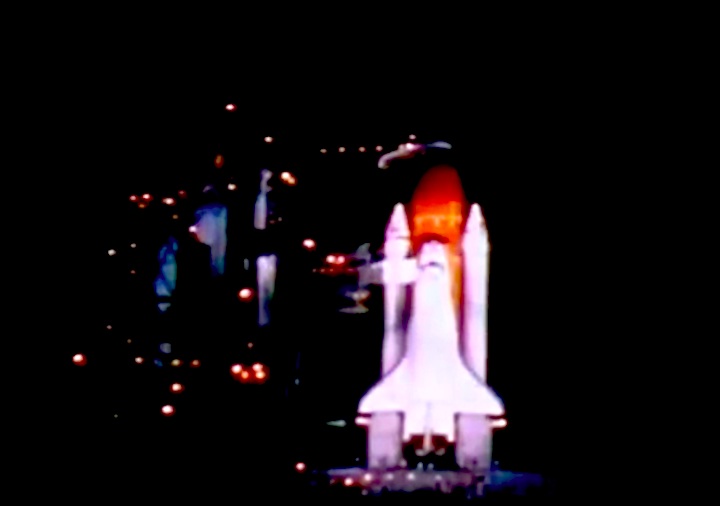
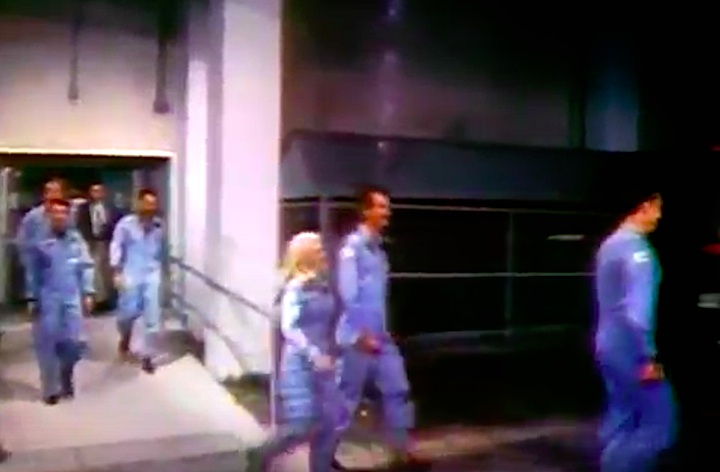

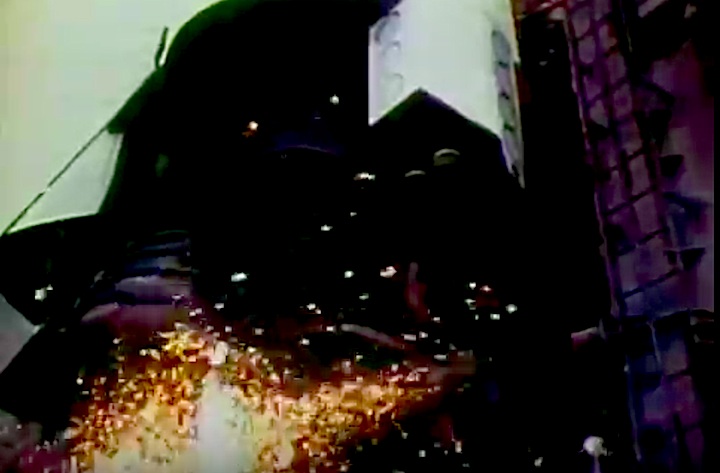
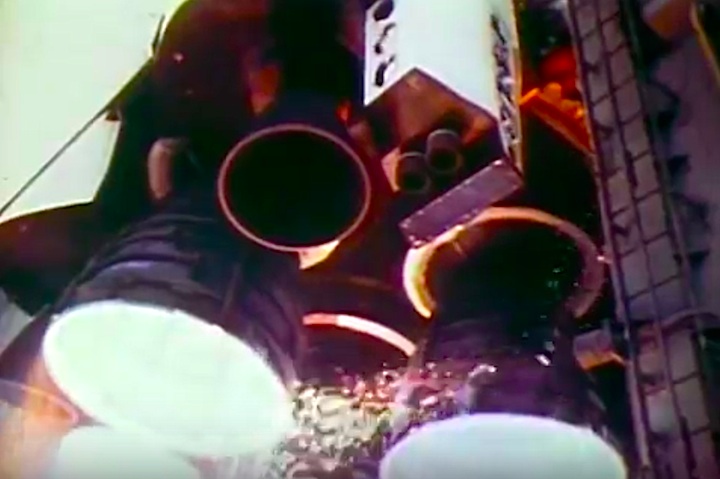
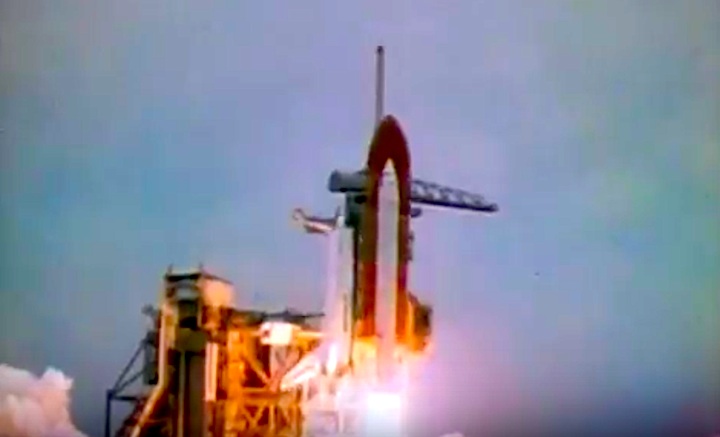
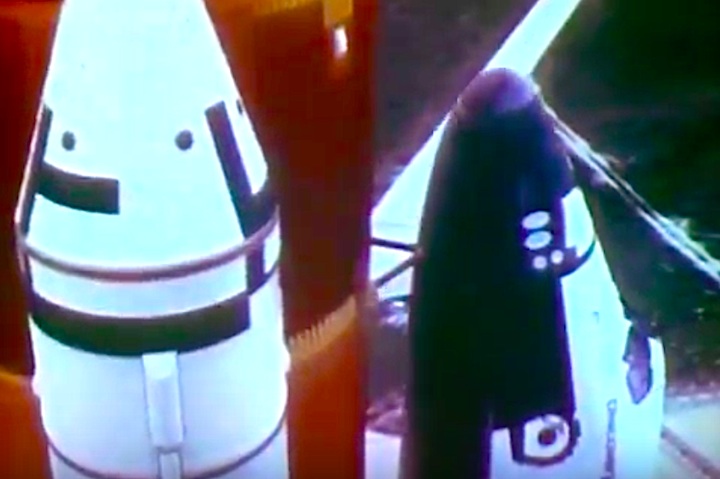
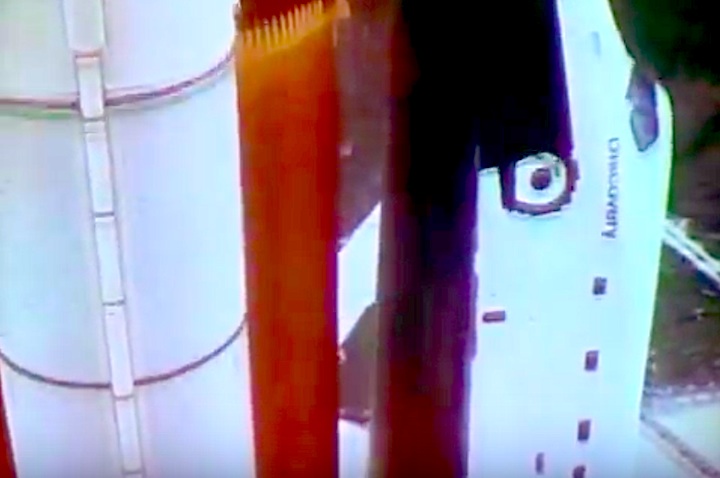
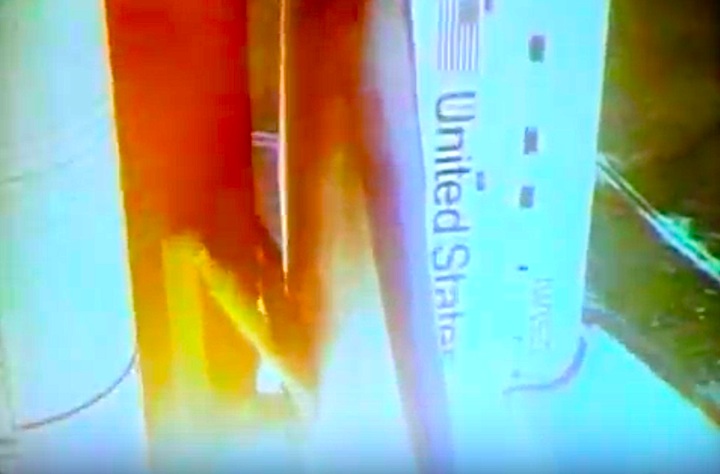
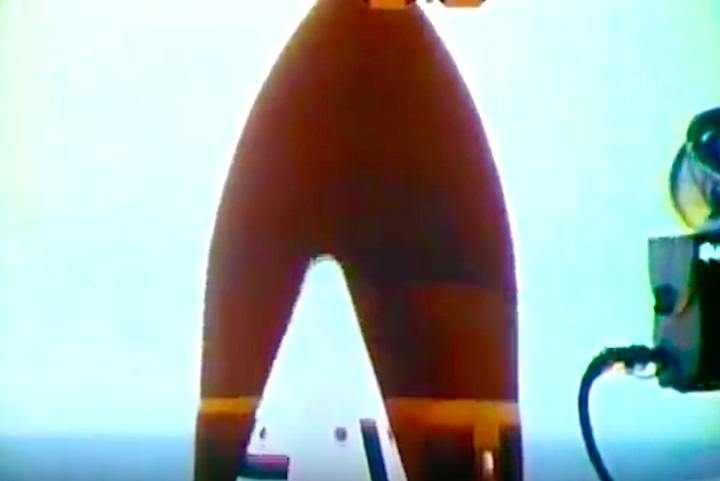
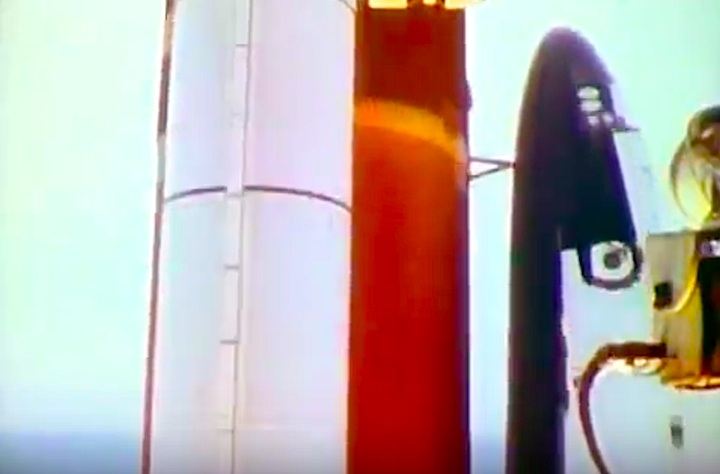
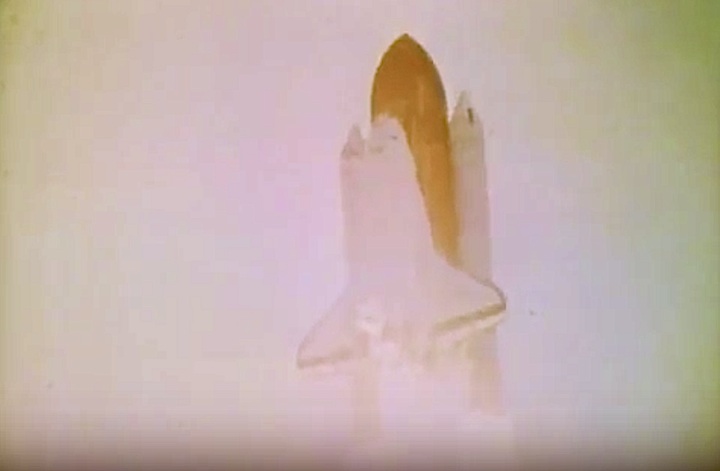
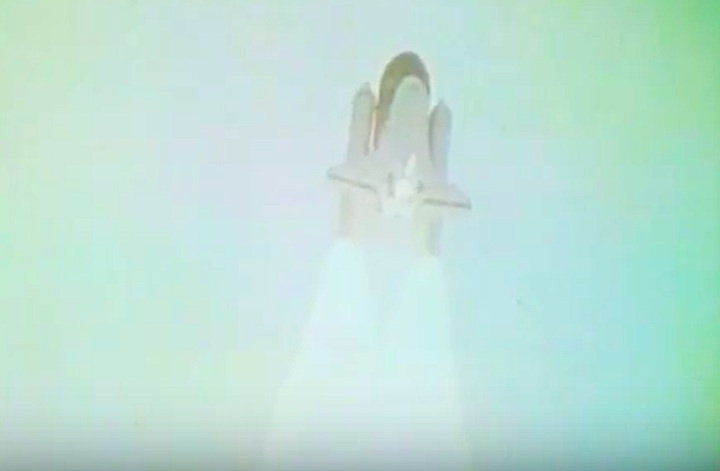
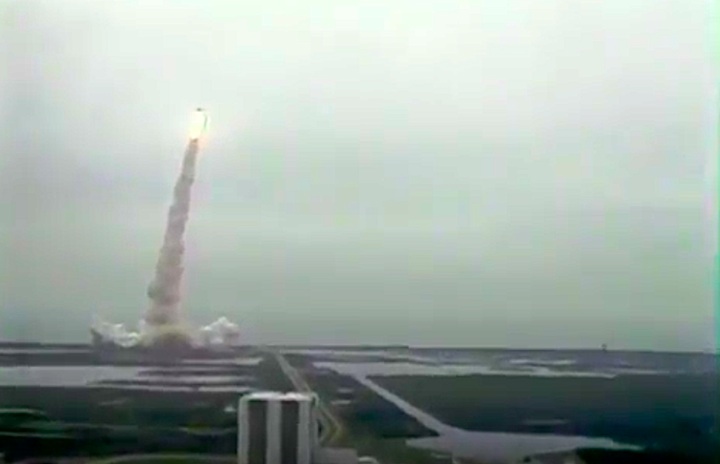
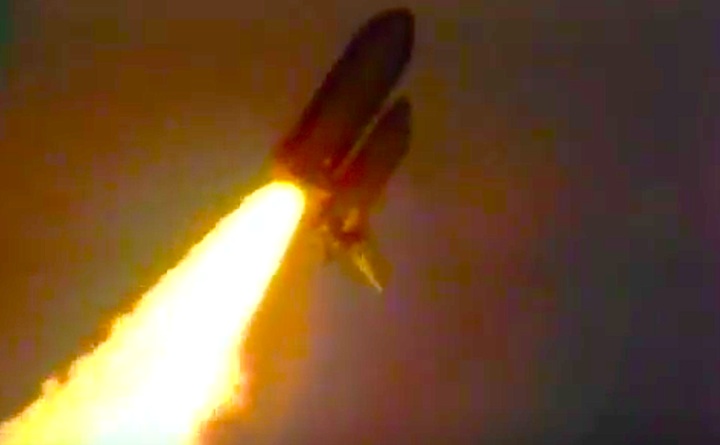
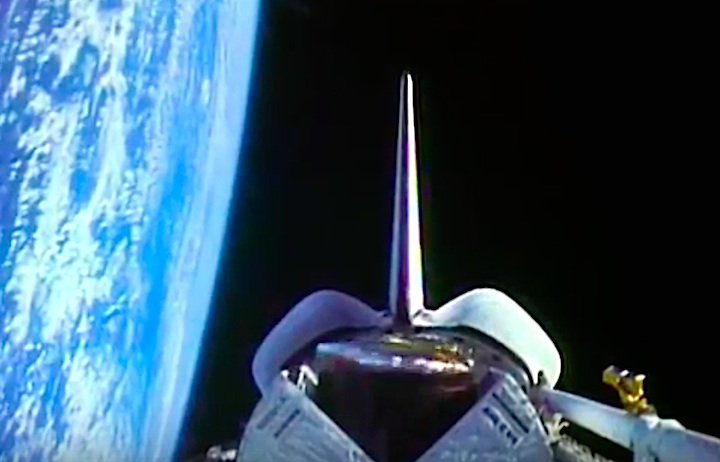
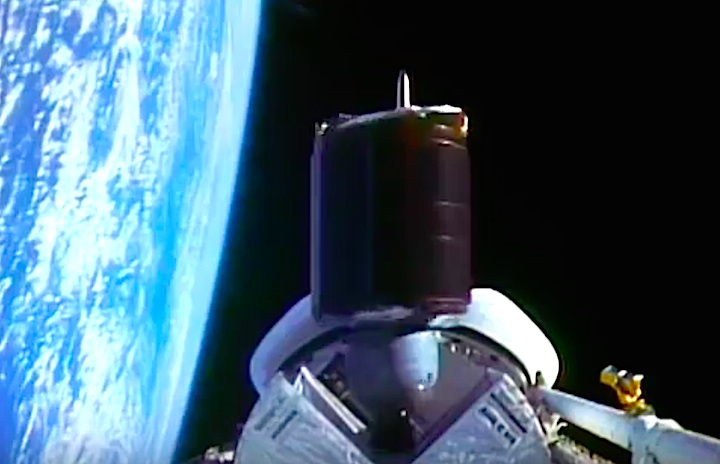

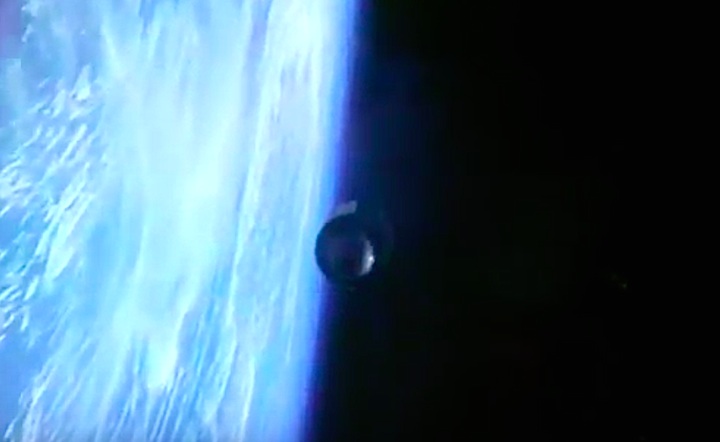
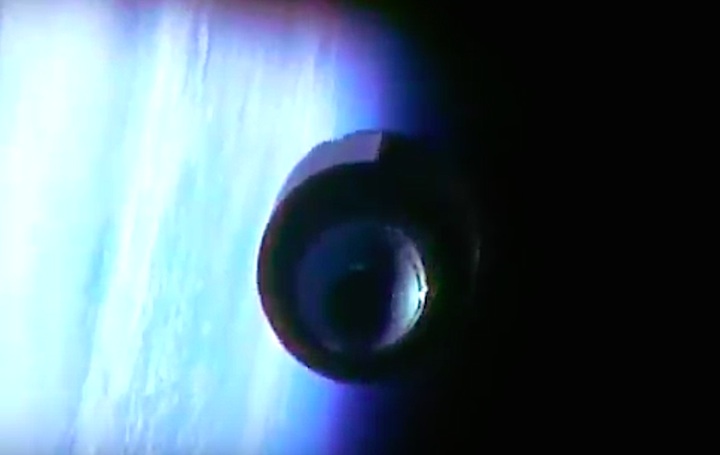
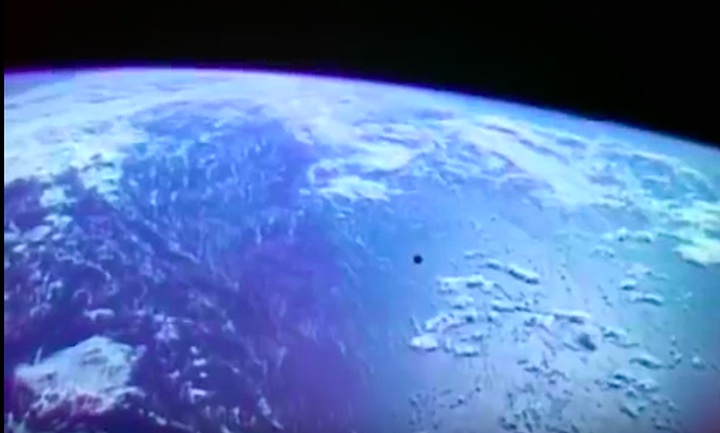
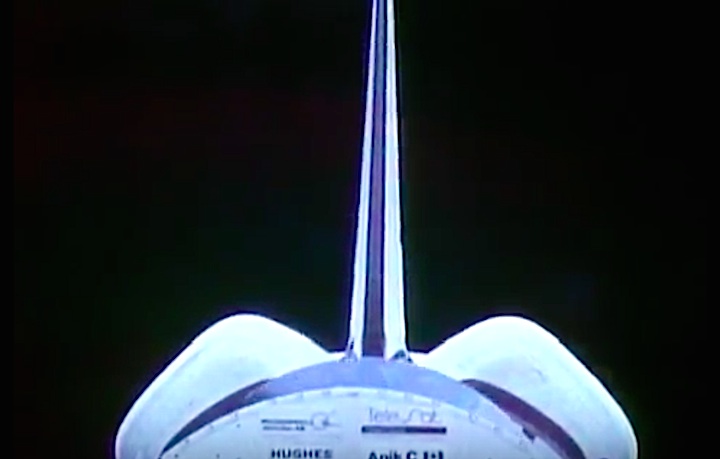
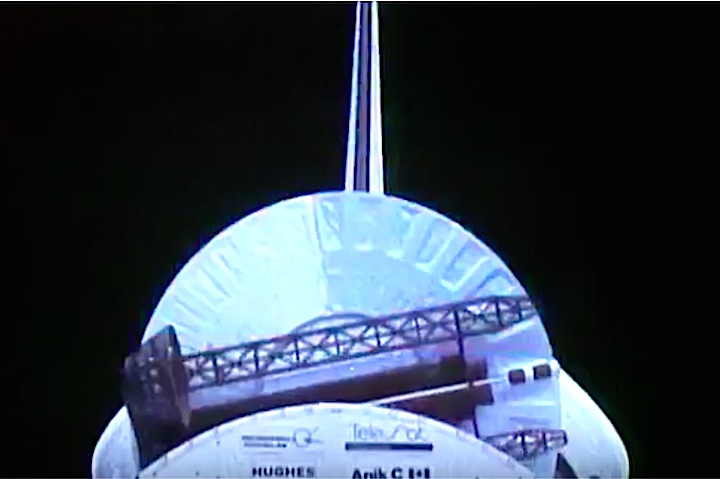
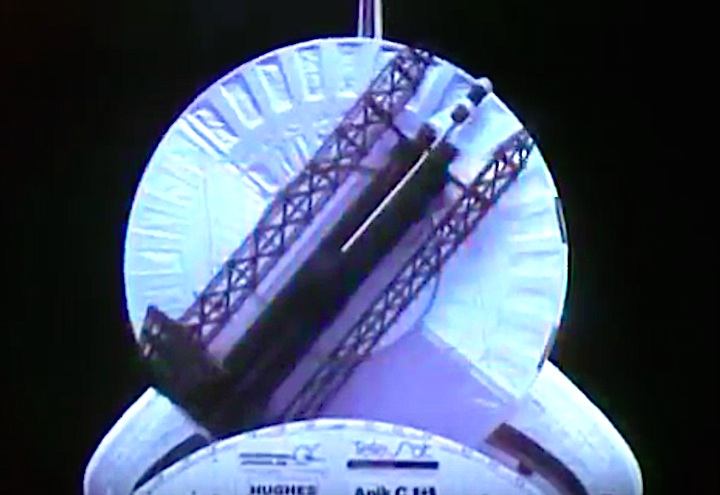
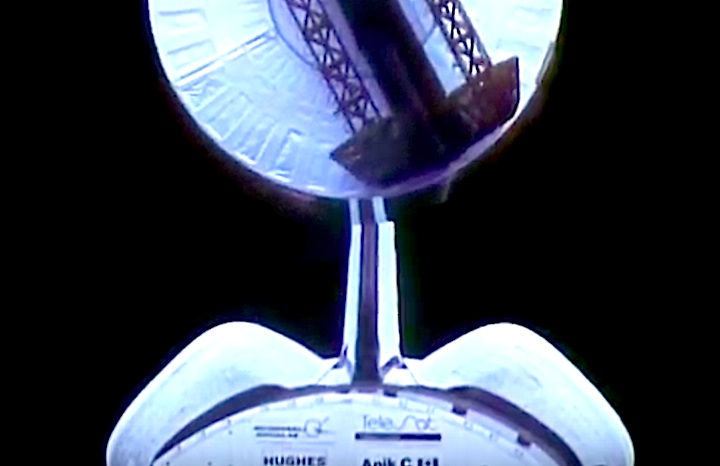
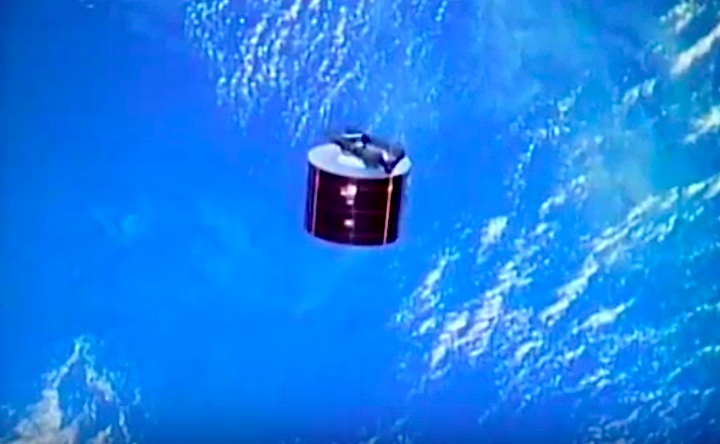
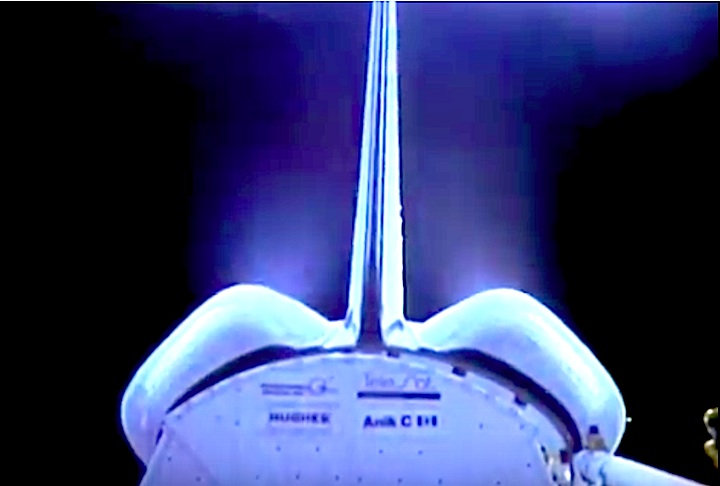
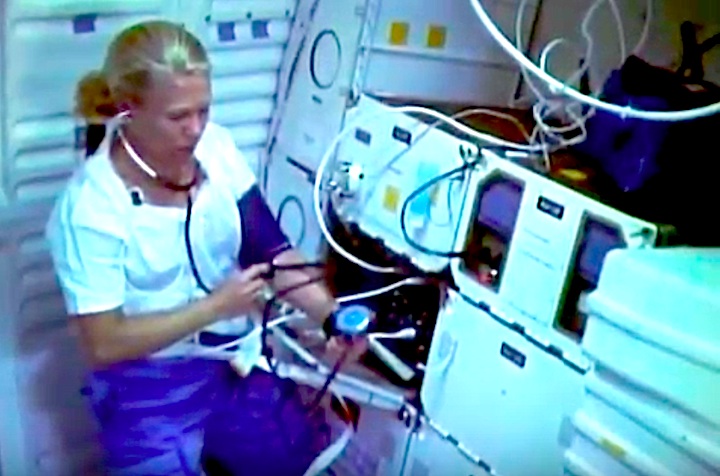
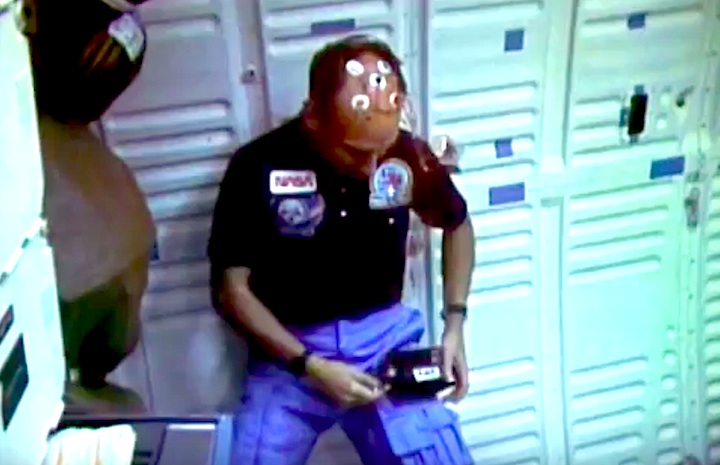
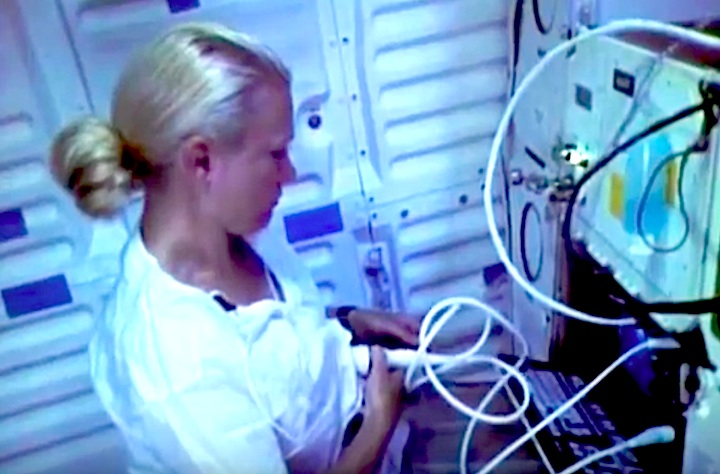
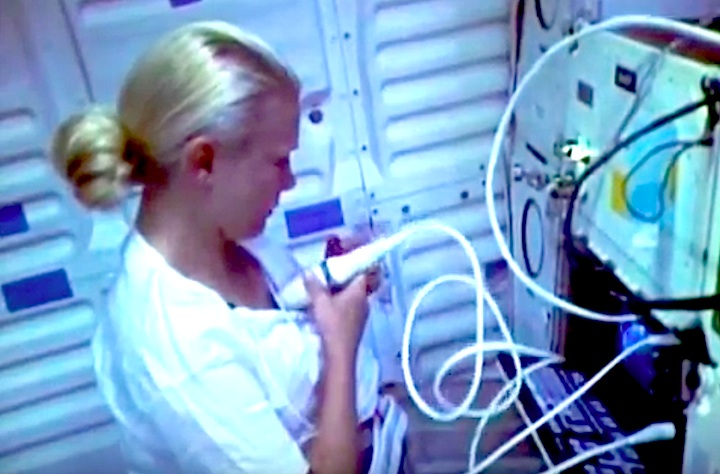
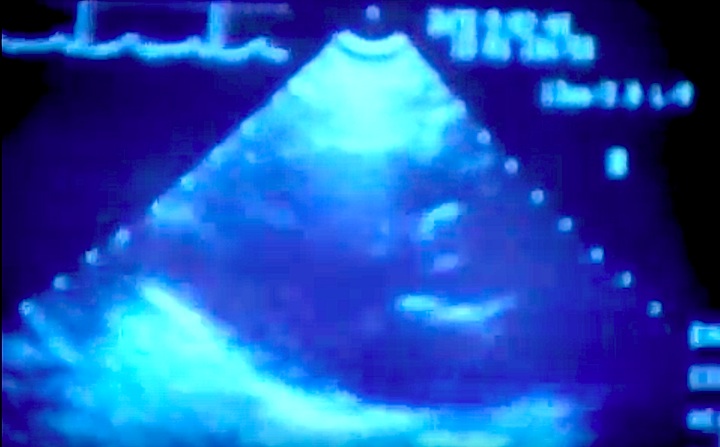
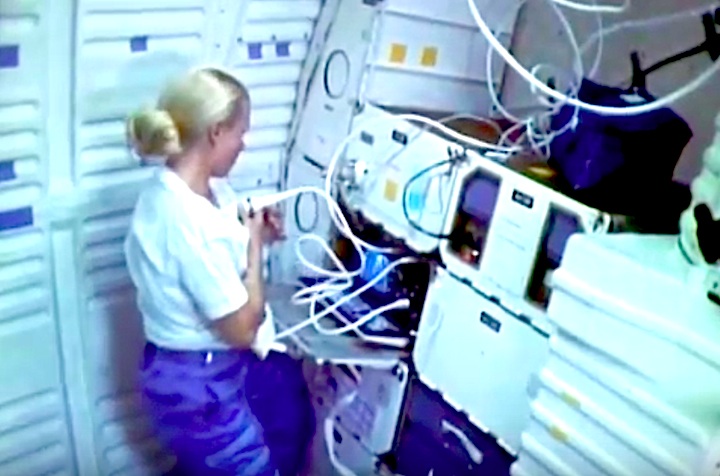
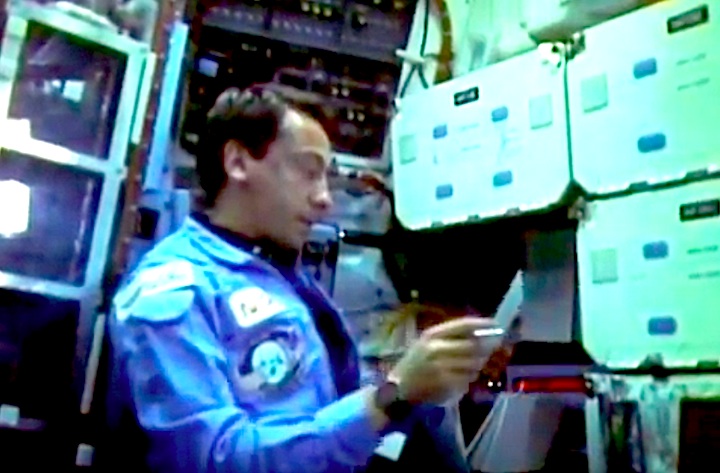
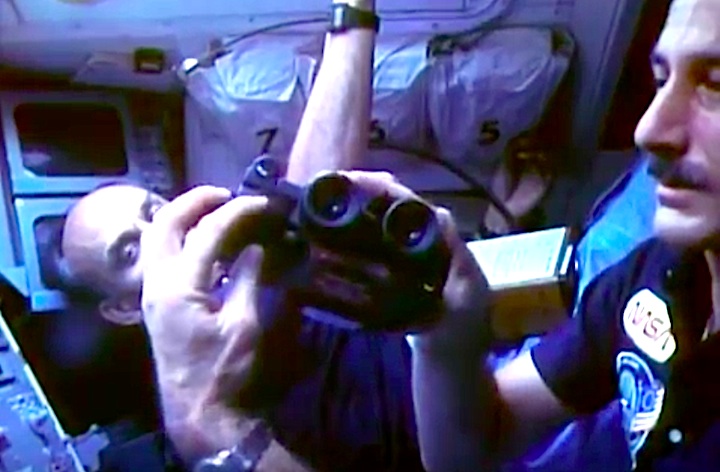
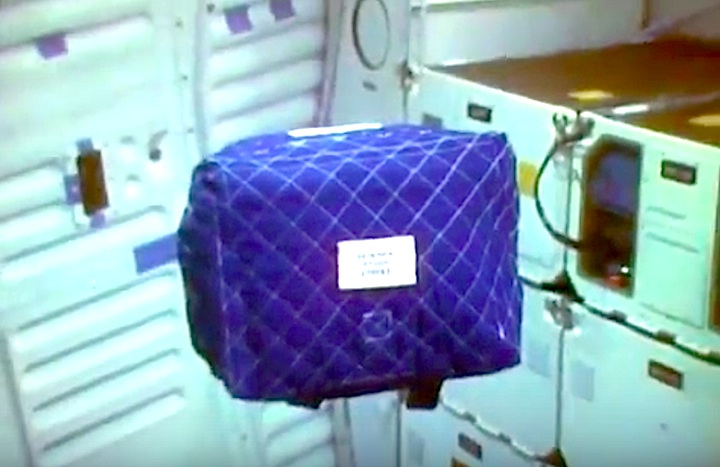
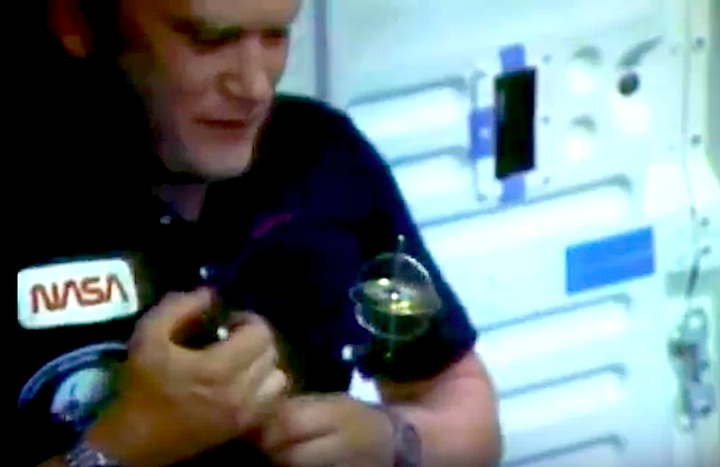
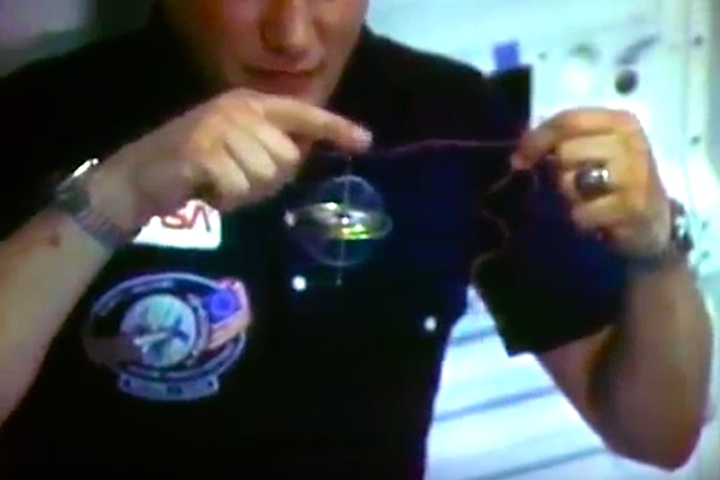
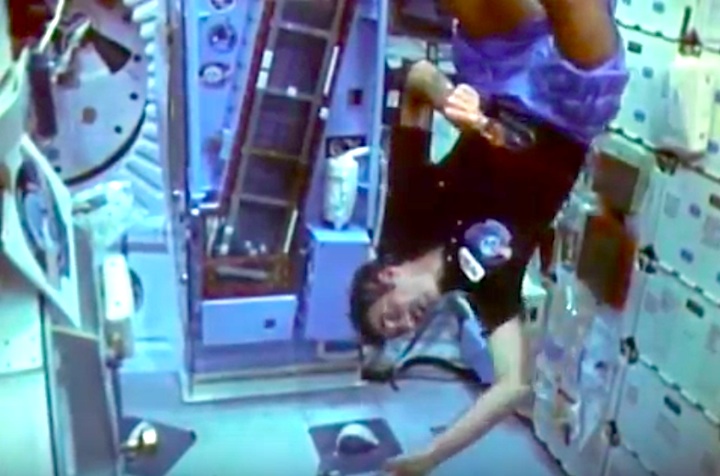
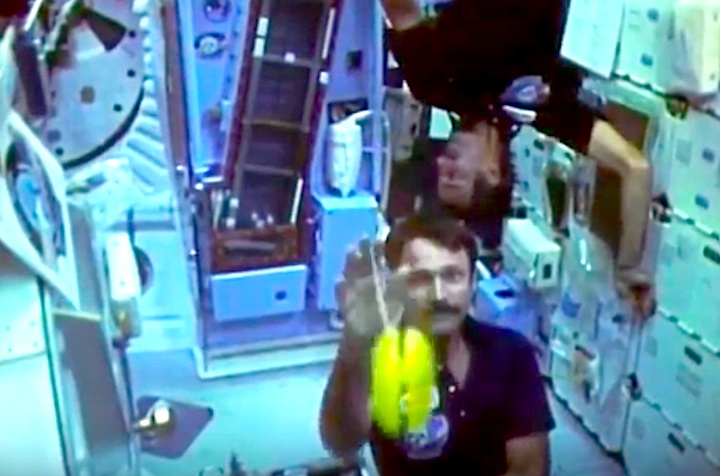

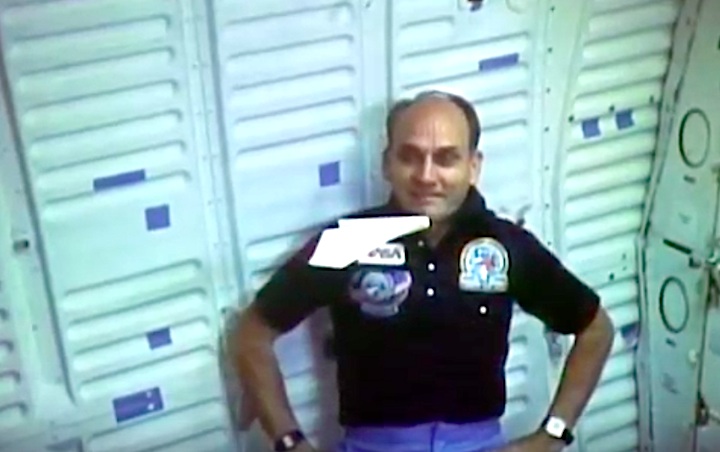
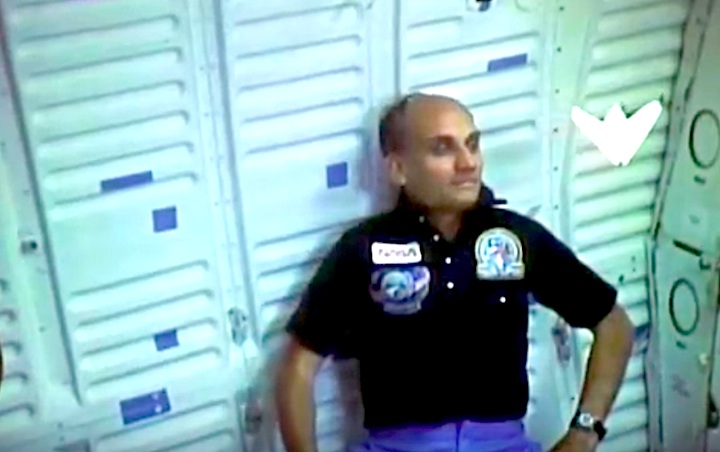
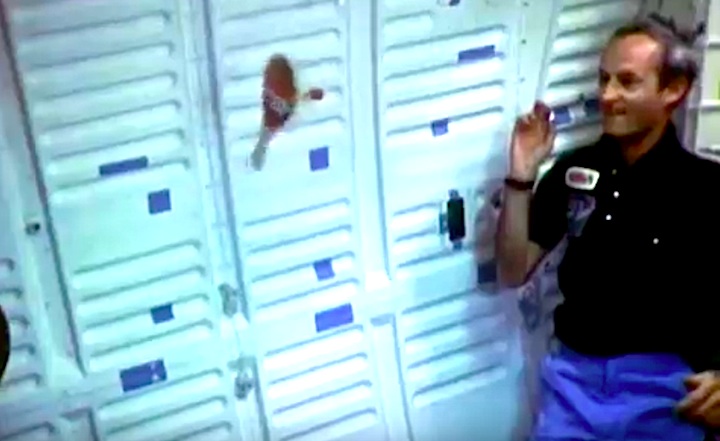

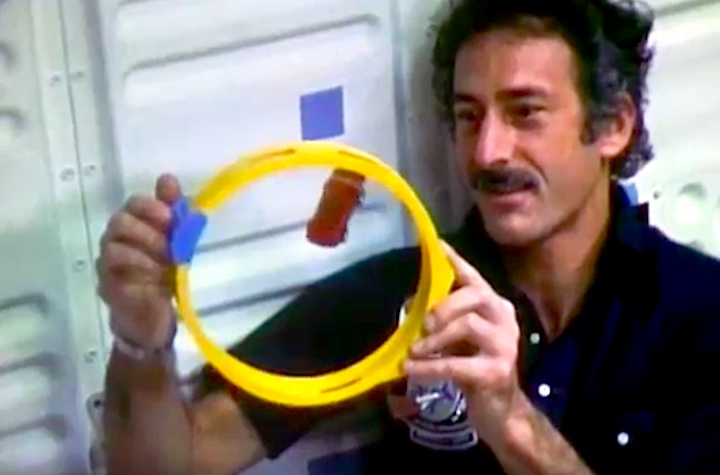
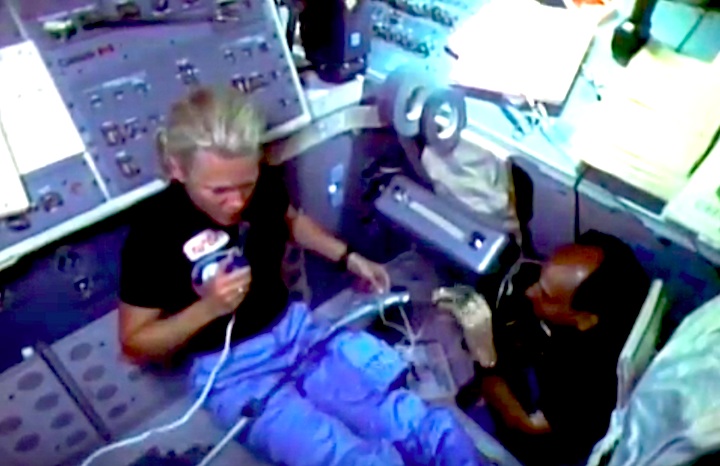
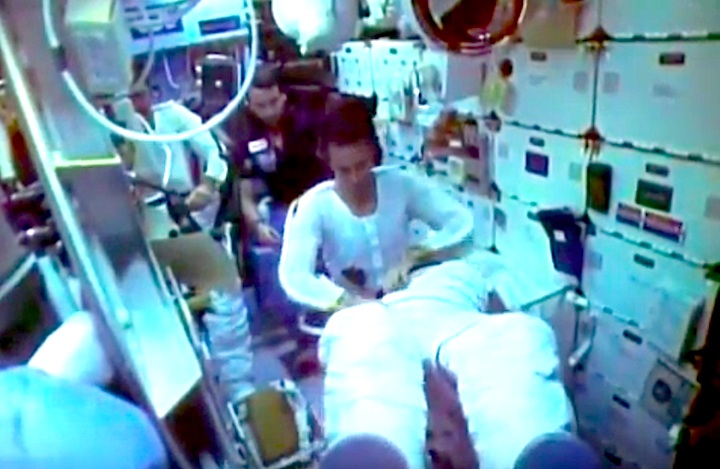
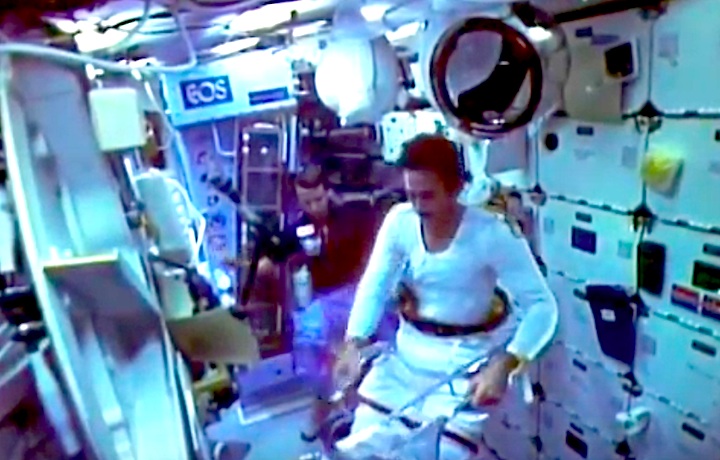
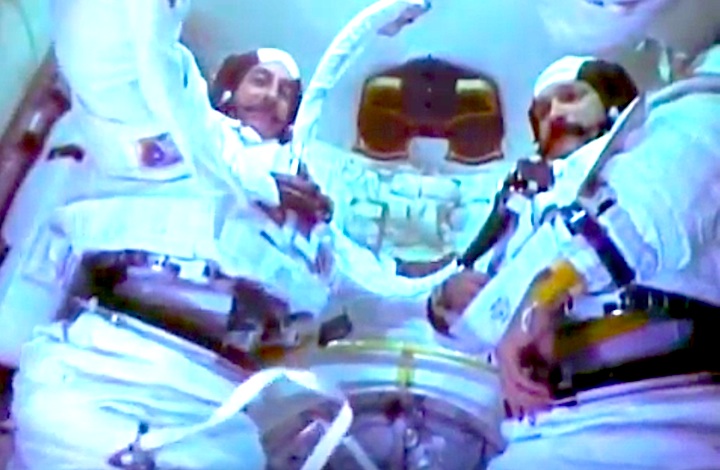
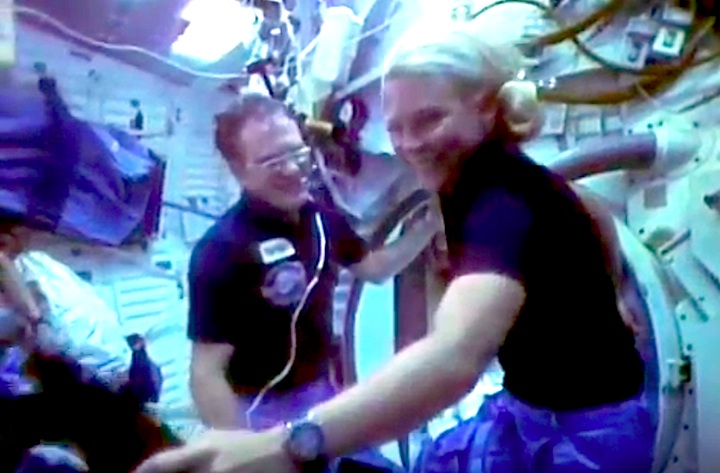
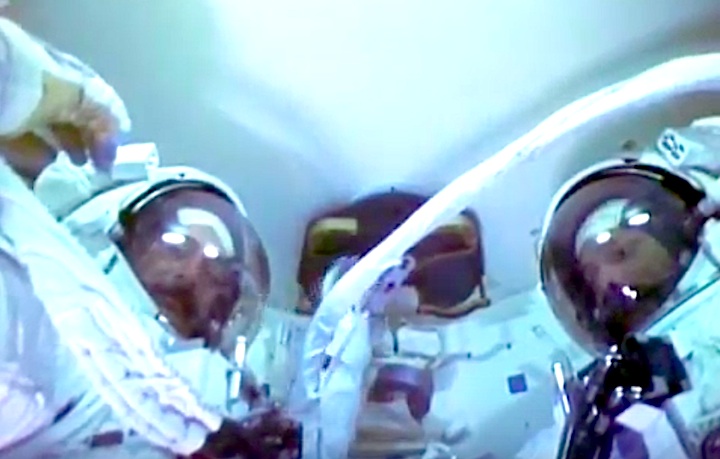
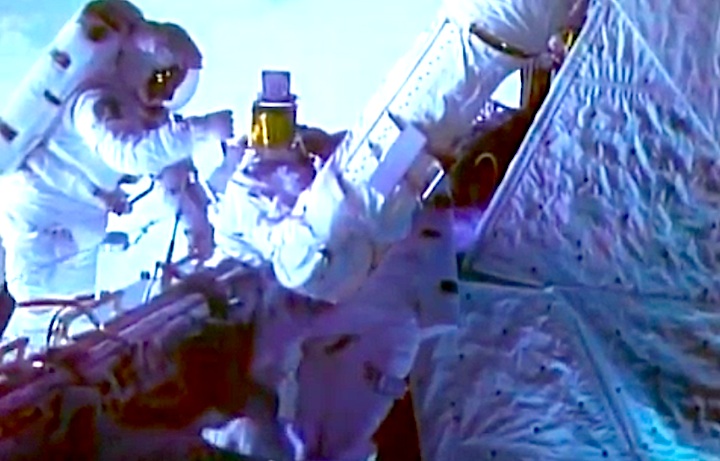
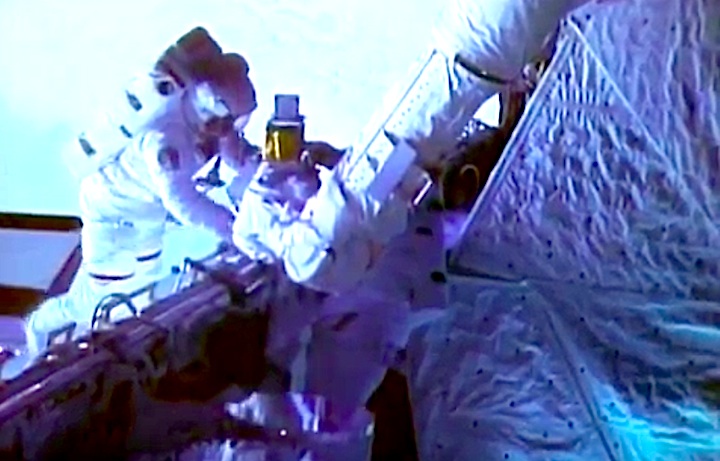
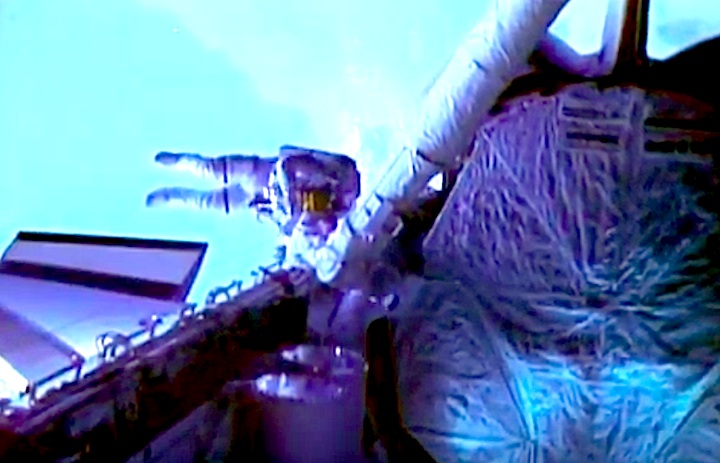
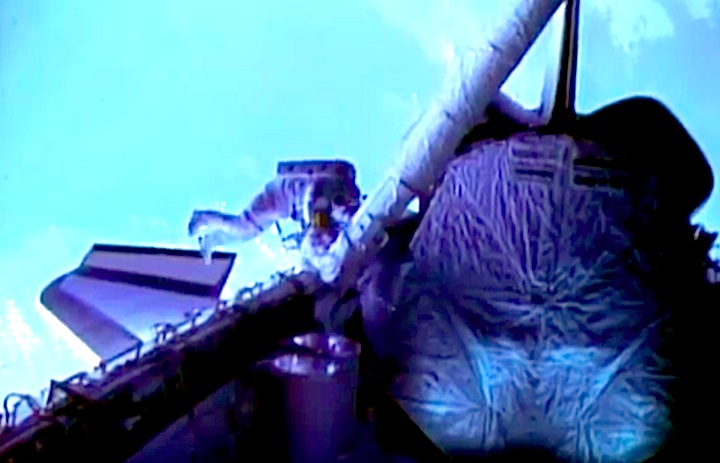
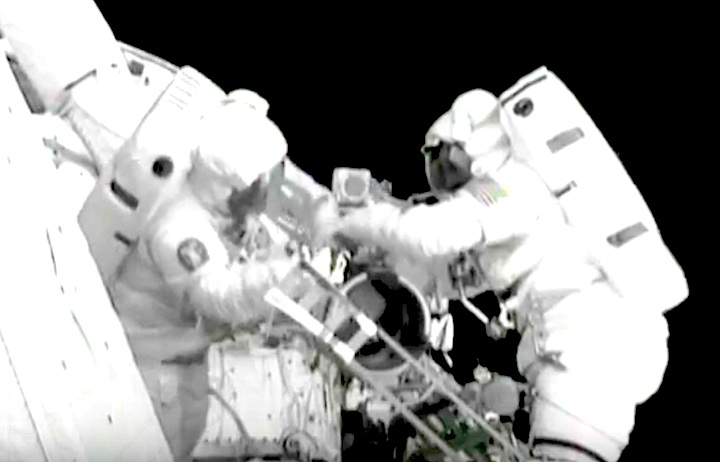
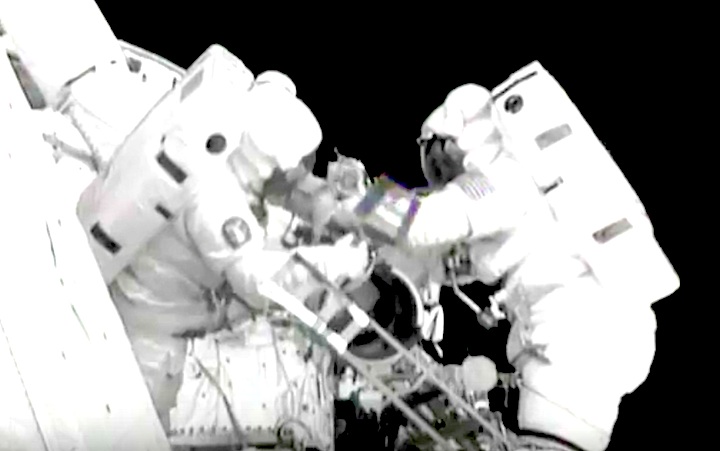
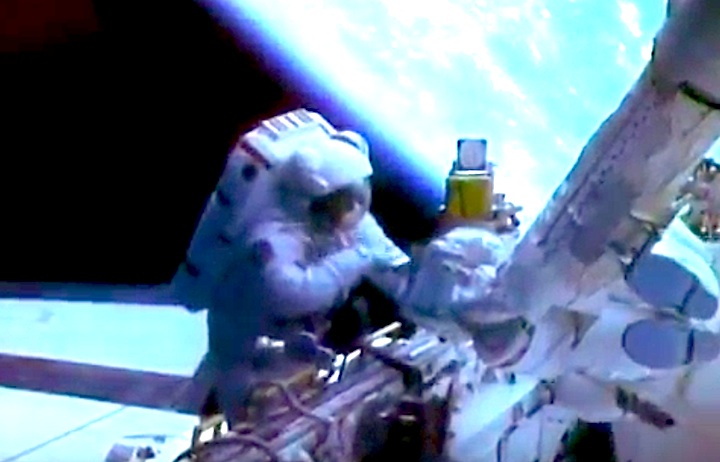
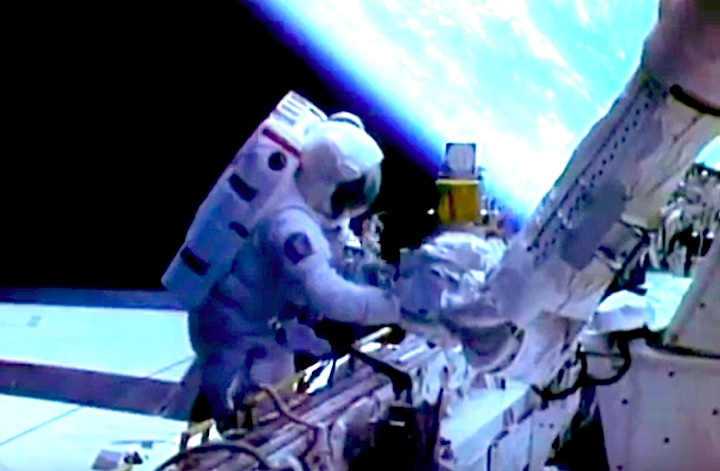

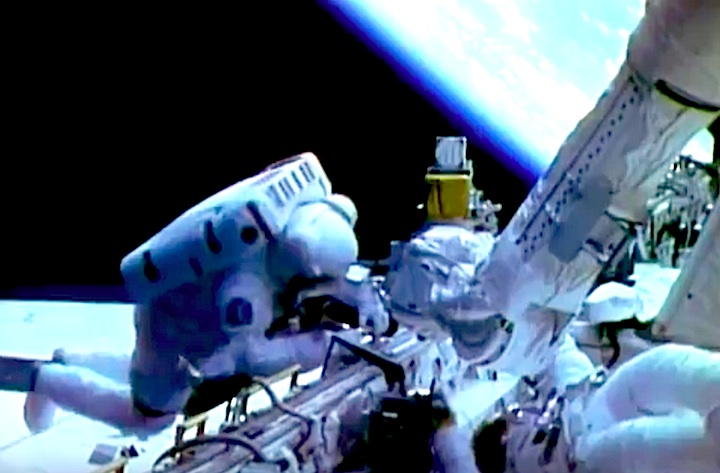

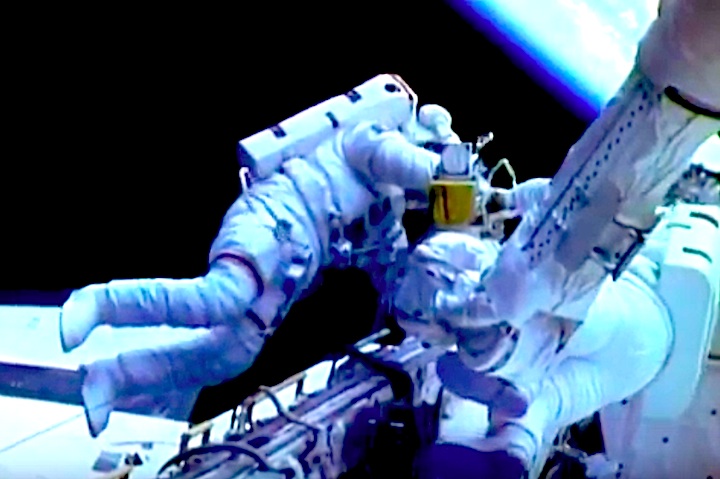
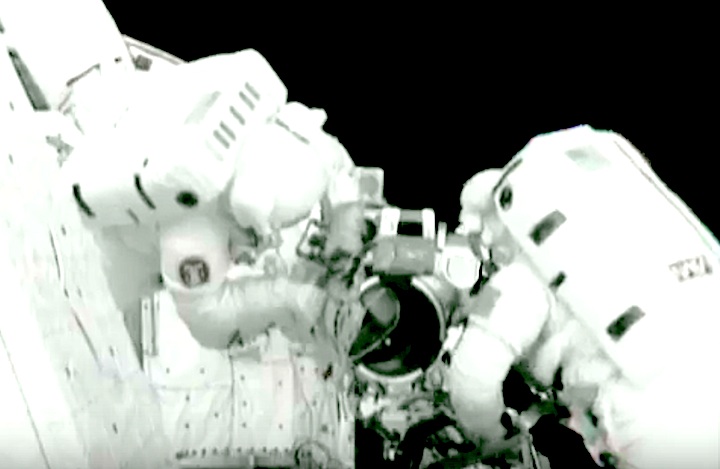
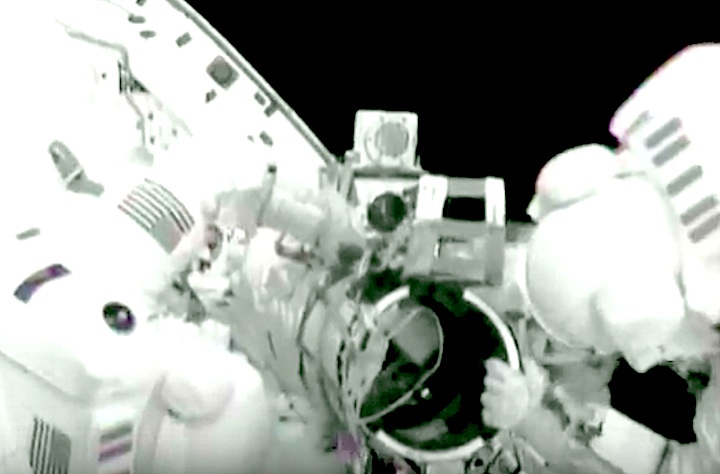
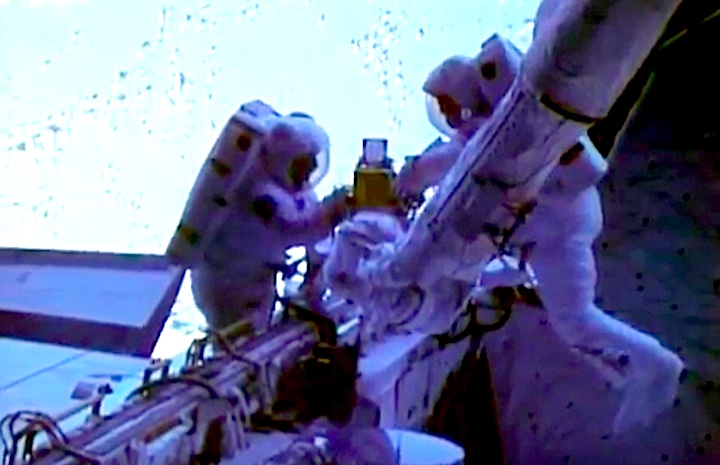
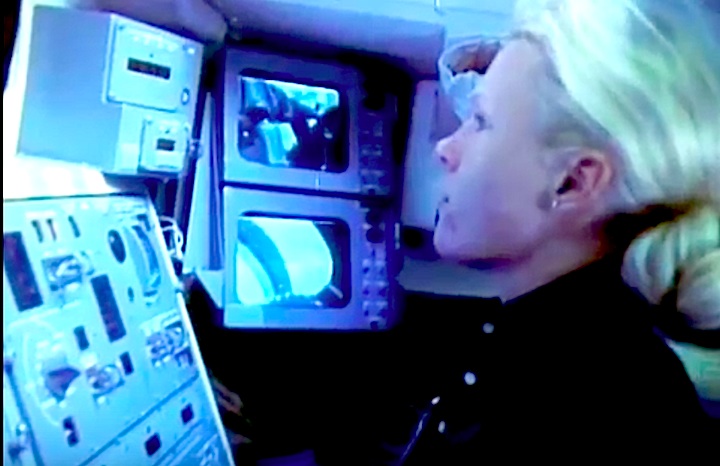
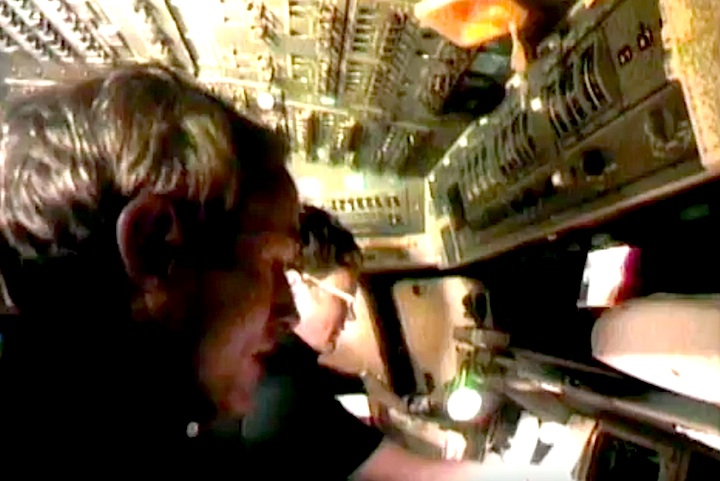
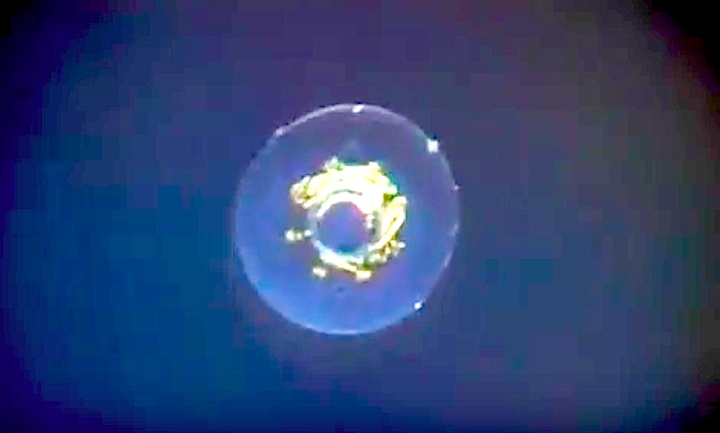
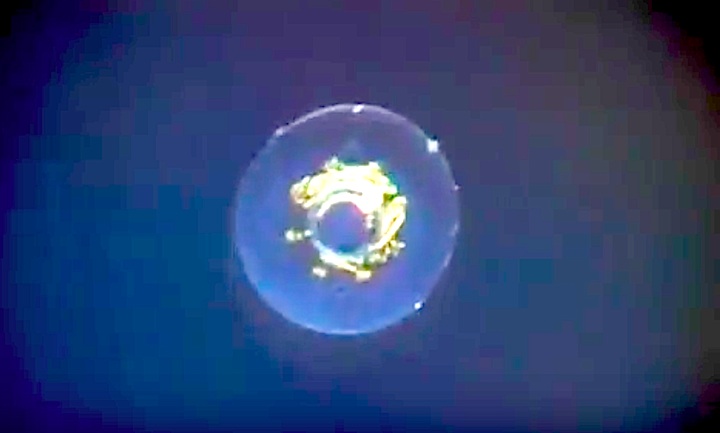
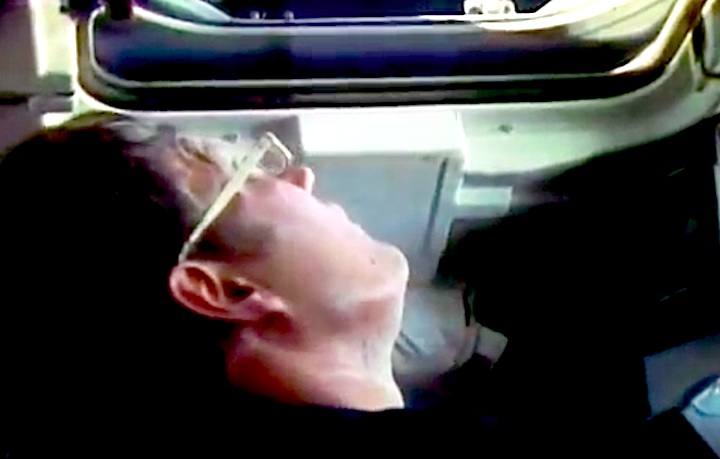
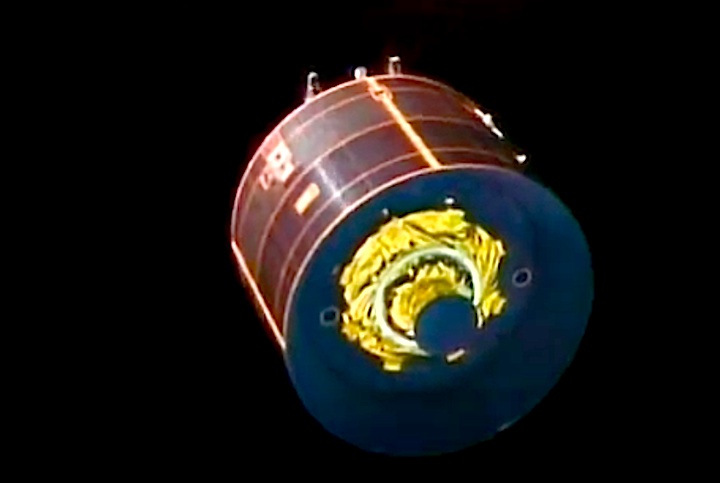
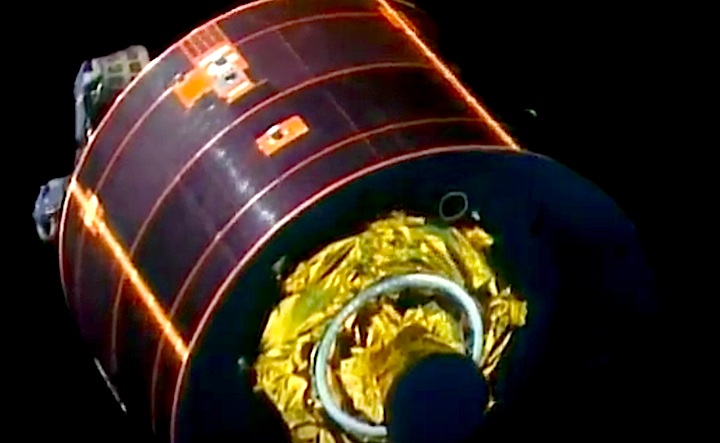
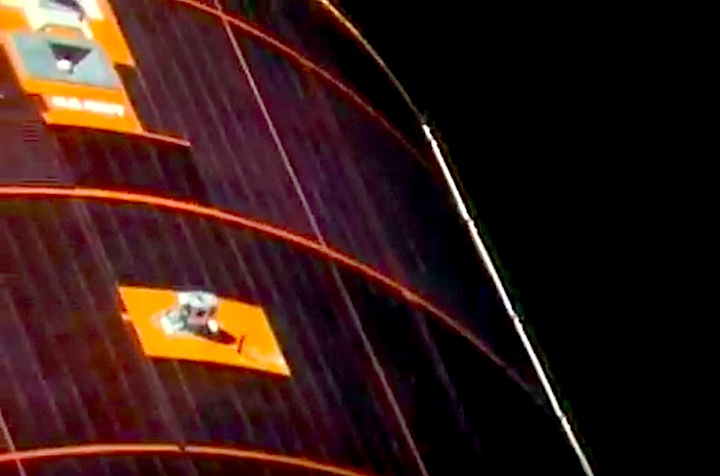

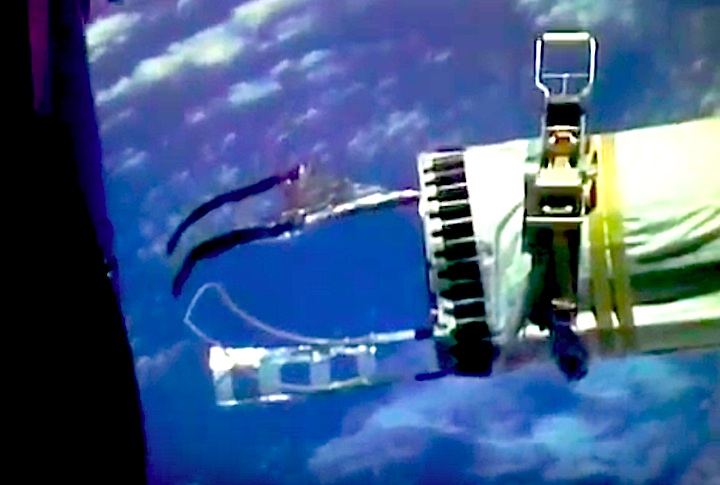
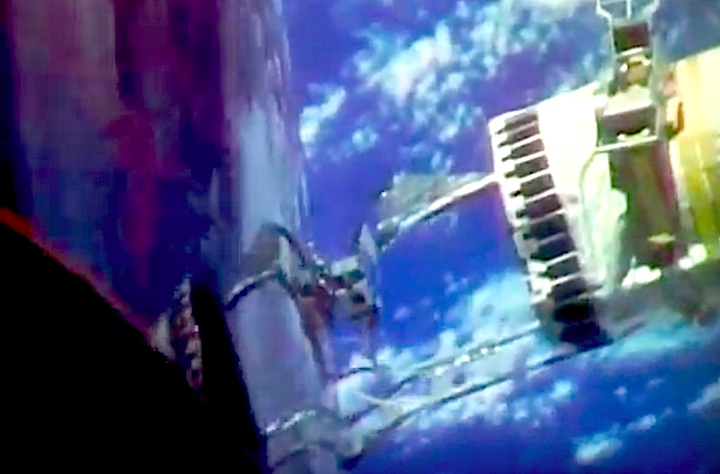
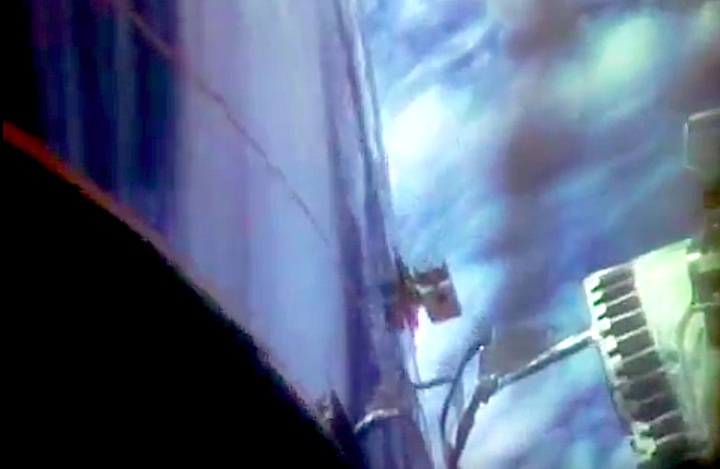
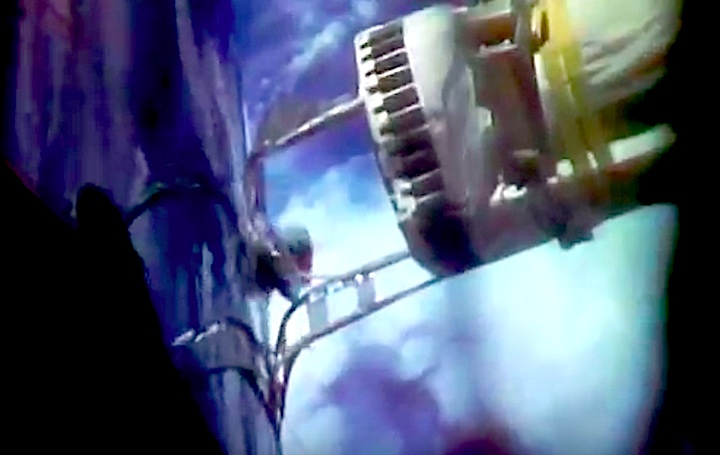
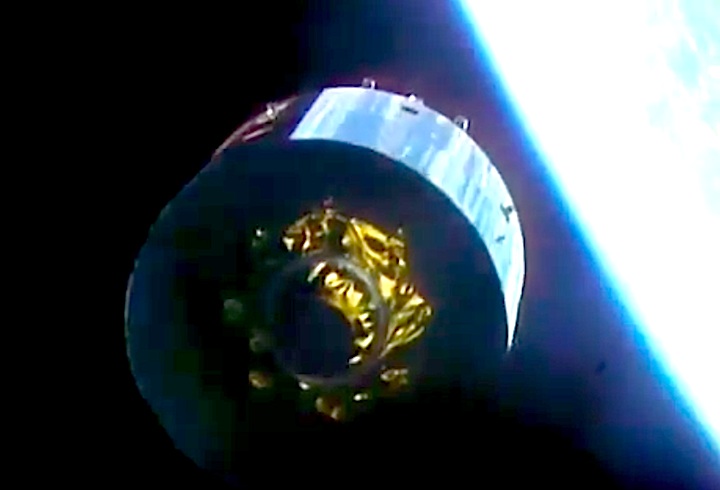
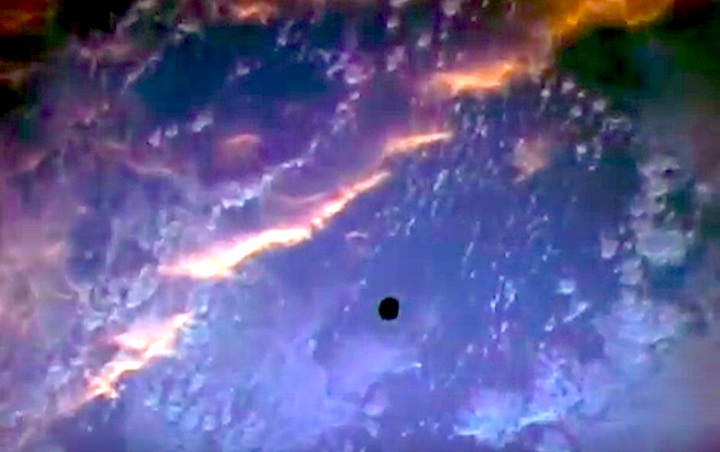
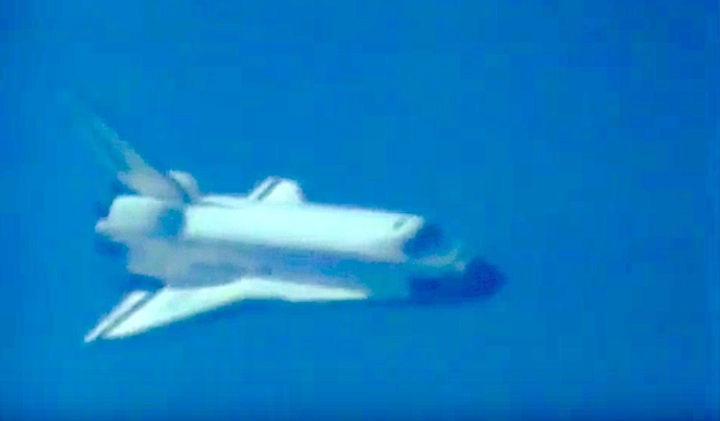

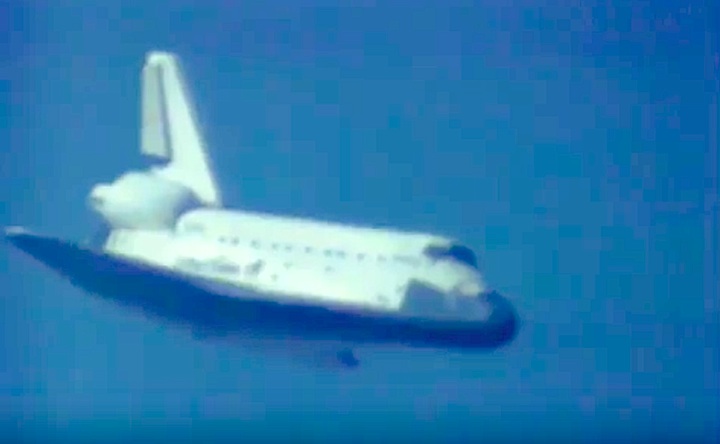
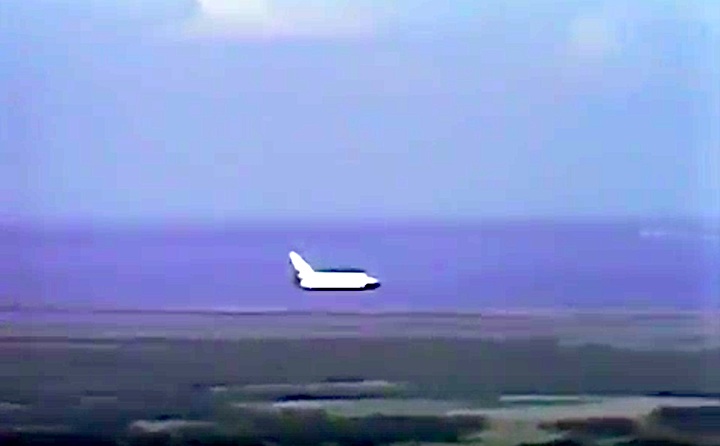
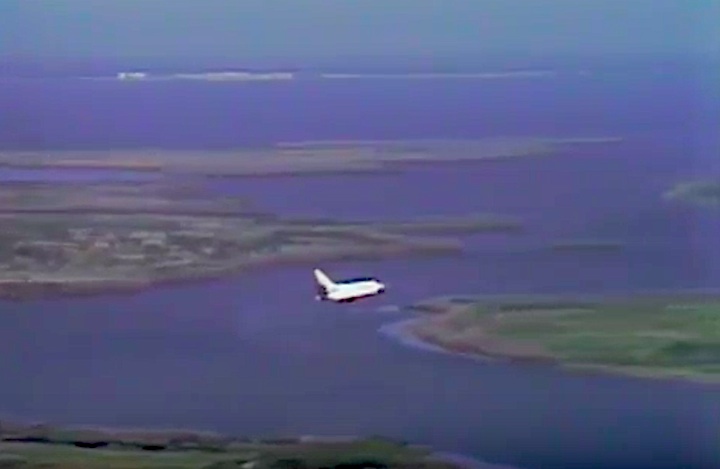
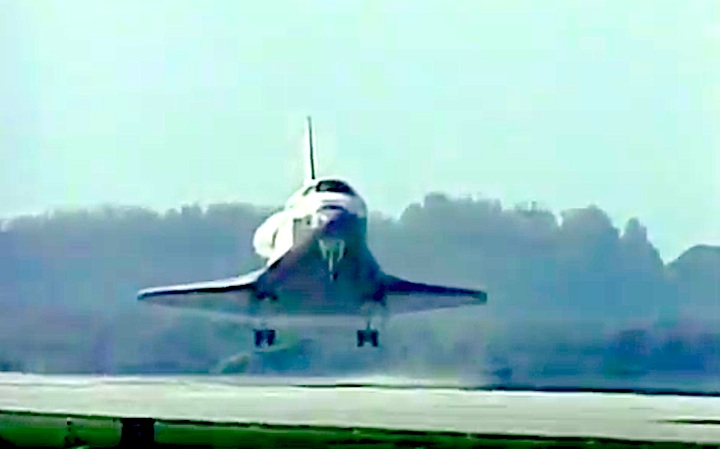
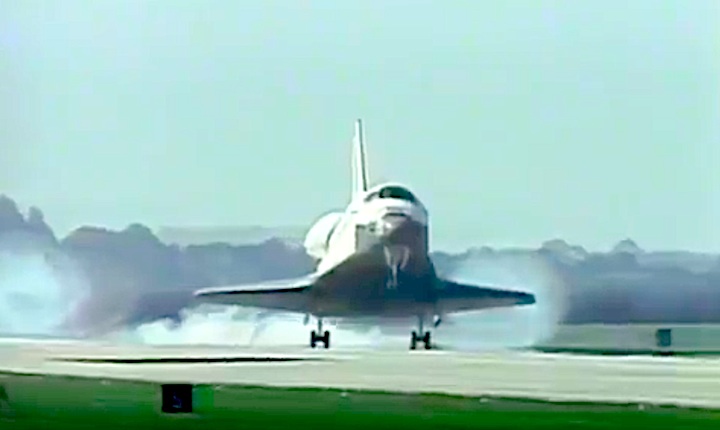
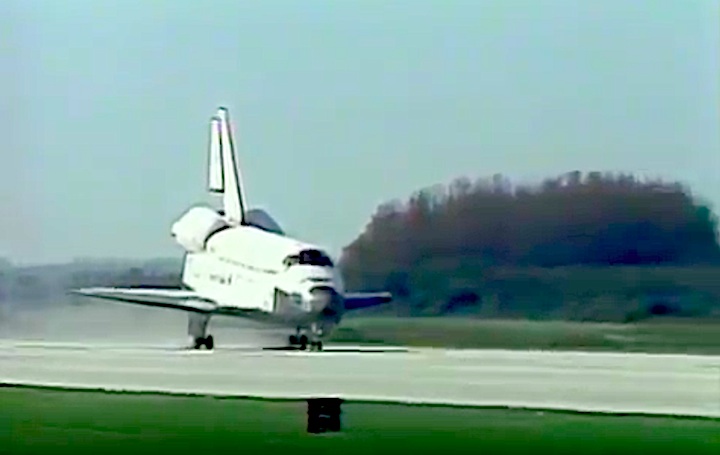
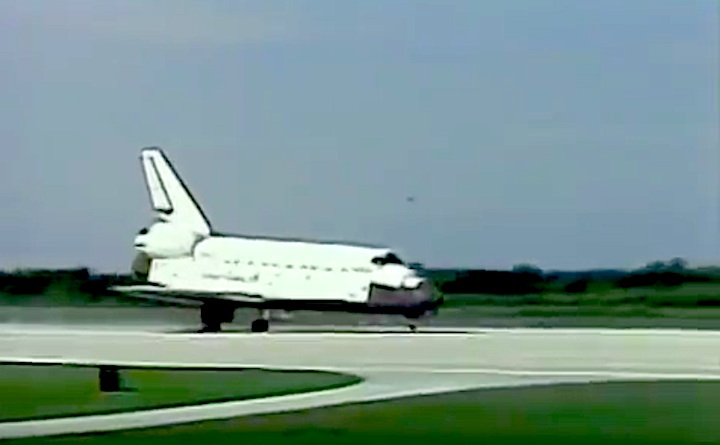


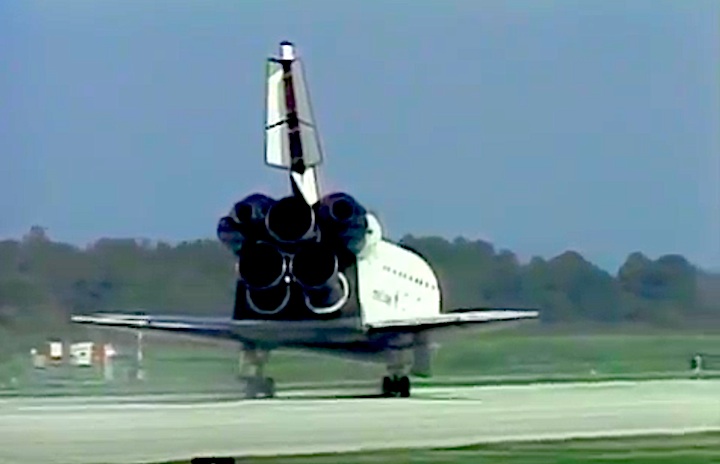
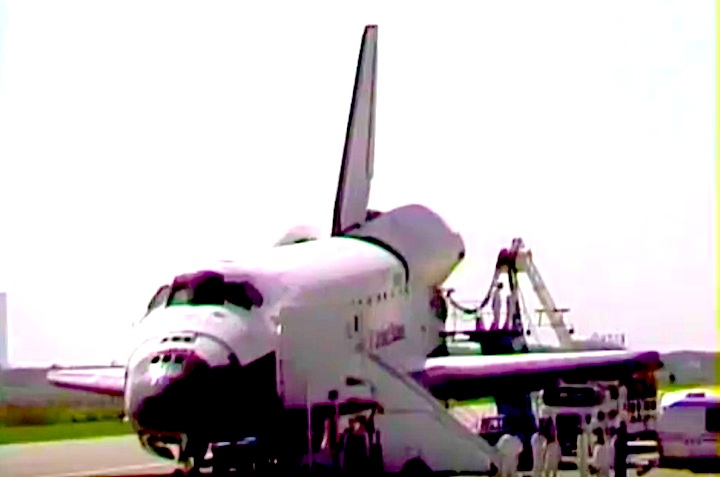
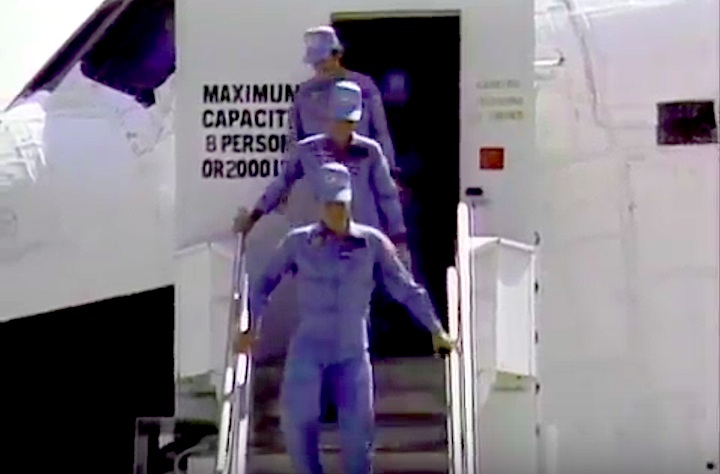

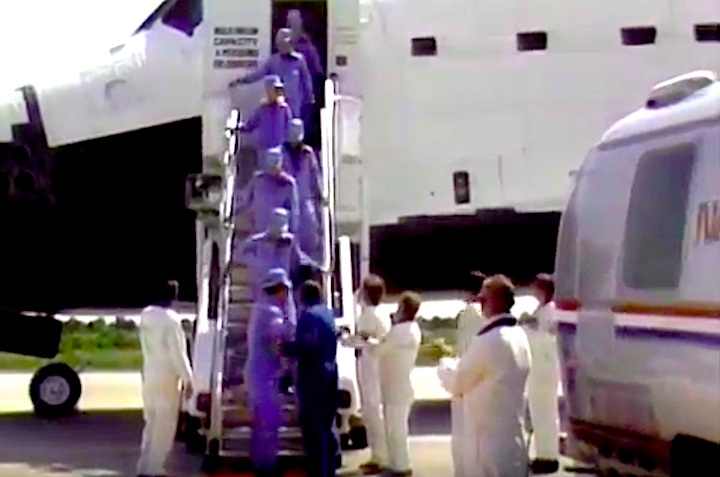
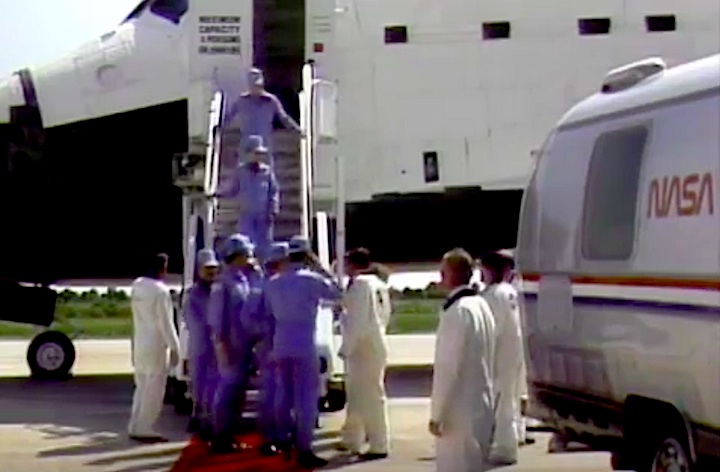
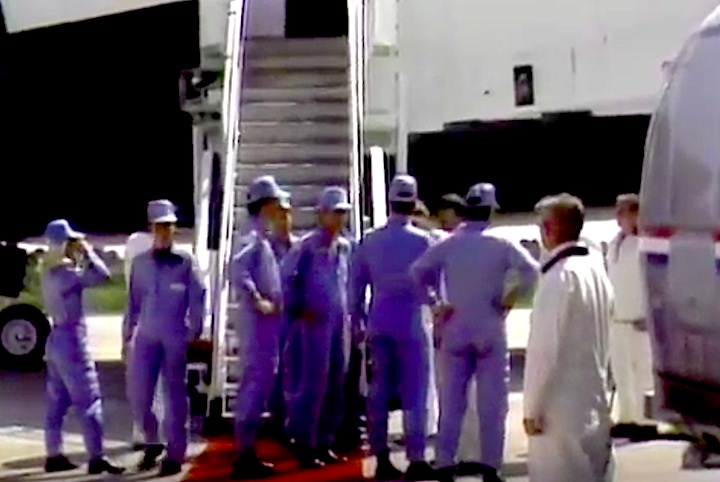
Quelle: NASA
4346 Views
